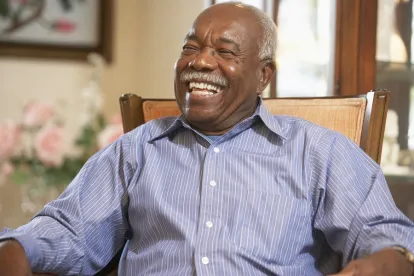The Third Circuit recently held in Karlo v. Pittsburgh Glass Works, LLC, No. 15-3435, 2017 WL 83385 (3d Cir. Jan. 10, 2017), that workers in their 50s may be recognized as a “subgroup” of employees protected by the Age Discrimination in Employment Act (“ADEA”) if employer policies inadvertently disfavor them relative to their co-workers who are, themselves, protected employees age 40 and over.
Plaintiffs, all over 50 years of age, worked in defendant’s Manufacturing Technology division and were terminated as part of a reduction in force in 2009. Plaintiffs then brought a collective action under the ADEA, asserting disparate treatment, disparate impact, and retaliation as to two of the plaintiffs. The district court granted the defendant-employer’s motion for summary judgment as to the disparate-impact claim, holding that plaintiffs’ “fifty-and-older” disparate-impact claim was not permitted under the ADEA because the law does not permit subgroup claims and that plaintiffs lacked evidence to support their claim.
The Third Circuit reversed the district court’s ruling on summary judgment and held that the plaintiffs could pursue their claims. According to the Third Circuit, plaintiffs are permitted to use subgroup comparisons and similar evidence to demonstrate the significantly disproportionate adverse impact necessary for a disparate impact claim under the ADEA. The appeals court emphasized that the ADEA prohibits age discrimination as a whole, not just discrimination against employees ages 40-and-over. Thus, the court found, the Karlo plaintiffs are permitted to bring claims alleging that they were treated less favorably than their younger counterparts, even where their younger counterparts included employees within the ADEA’s protected class.
Karlo is significant because it creates a circuit split among federal courts of appeal on this issue. While the Third Circuit in Karlo permitted a disparate impact claim by a “subgroup” of workers within the ADEA’s protected class, the Second, Sixth, and Eighth circuits have not previously allowed such claims. Given this split, the Supreme Court may eventually need to resolve this “subgroup” issue under the ADEA.



 />i
/>i

